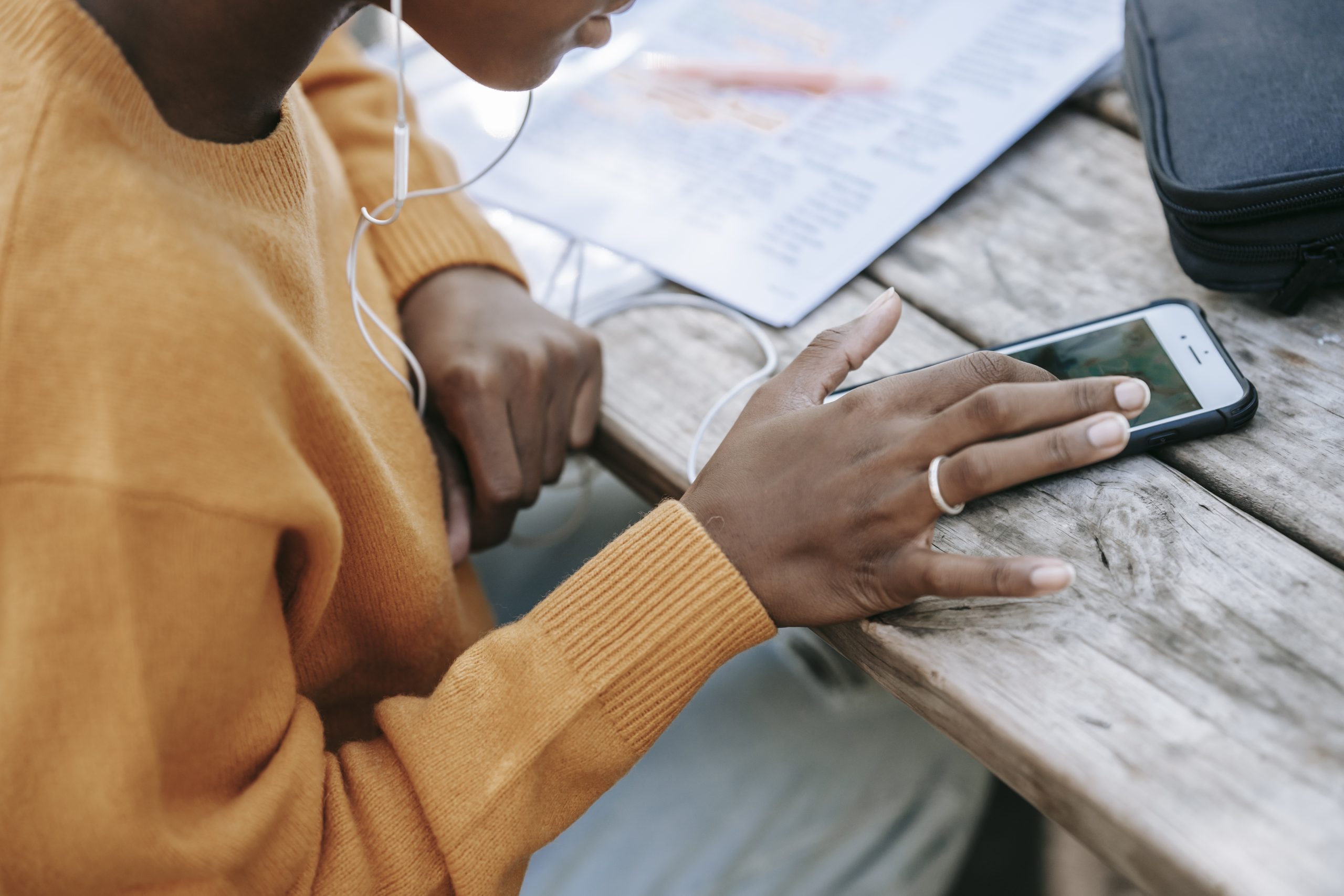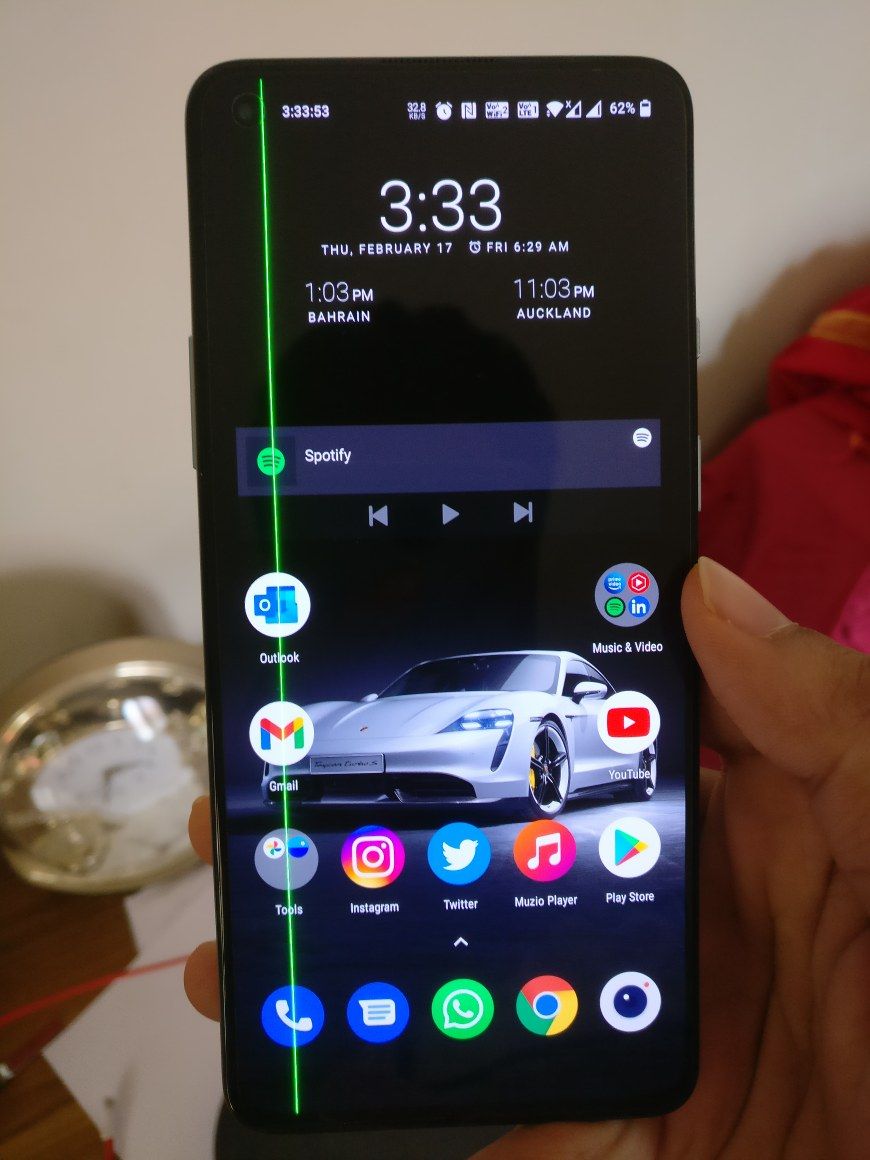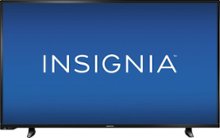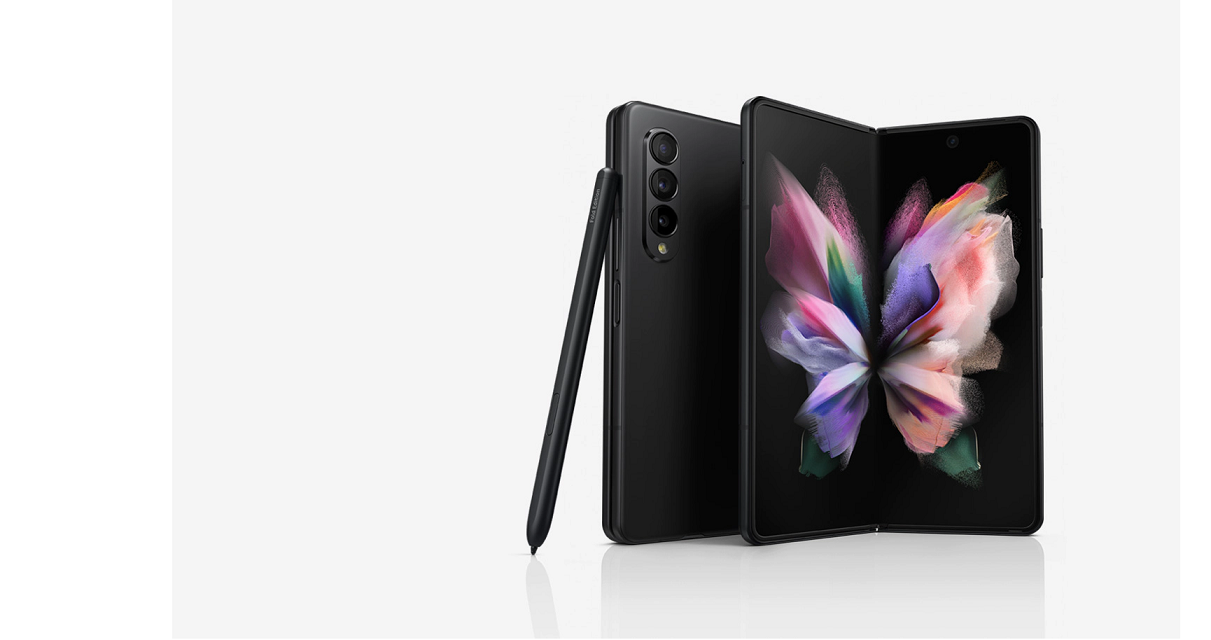As technology continues to evolve, so do our devices. One of the most significant advancements in recent years is the ability to connect our smartphones to external displays, such as TVs, monitors, or projectors. This feature, known as HDMI Alt Mode, allows for a seamless connection between your phone and the display using a USB Type-C cable. But how do you check if your phone supports HDMI Alt Mode? In this comprehensive guide, we’ll walk you through the steps to determine if your phone is compatible and how to connect it to a display. So let’s dive in!
What is HDMI Alt Mode?
HDMI Alt Mode is a standard that enables the transmission of HDMI signals over a USB Type-C cable. It allows you to connect your phone directly to a TV, monitor, or projector without the need for an adapter. This feature is supported by many Android phones that have a USB Type-C port. However, it’s important to note that iPhones do not currently support HDMI Alt Mode, as they use Lightning cables instead of USB-C.
HDMI Alt Mode supports various features, including 4K Ultra HD resolution at 24 frames per second, deep color, Dolby Digital 5.1 surround sound, 3D video support, and more. However, it’s essential to keep in mind that HDMI Alt Mode is limited to HDMI 1.4b, which means it does not support 8K video or 4K video at 60 frames per second.
How to Check if Your Phone Supports HDMI Alt Mode
To determine if your phone supports HDMI Alt Mode, there are a few simple steps you can follow:
Check for a USB Type-C port: Look for a USB Type-C port on your phone. USB Type-C ports are small, thin, and oval-shaped, measuring 8.24mm x 2.4mm. If your phone has a USB Type-C port, it’s likely that it supports HDMI Alt Mode.
Look for an HDMI logo: Check the packaging or manual of your phone for an HDMI sticker or icon. Manufacturers often indicate HDMI support on the original box or in the phone’s manual.
Connect your phone: If you’re still unsure whether your phone supports HDMI Alt Mode, try connecting it to a display using a USB-C to HDMI cable. If your phone is compatible, you should be able to mirror your phone’s screen on the display.
It’s worth noting that while there are apps available that claim to check if your phone supports HDMI Alt Mode, they often come at a cost and may not be necessary. Following the steps above should give you a clear indication of whether your phone supports HDMI Alt Mode.
How to Connect Your Phone to a Display
If your phone is compatible with HDMI Alt Mode, connecting it to a display is a straightforward process. Here’s what you need to do:
Get a USB-C to HDMI cable: Purchase a USB-C to HDMI cable from a reputable retailer. Ensure that the cable is compatible with both your phone and the display you want to connect to.
Connect the cable: Plug one end of the USB-C to HDMI cable into the USB Type-C port on your phone and the other end into an HDMI port on the display. If you’re connecting to a TV, use the remote control to select the HDMI source corresponding to your phone.
Mirror your phone’s screen: Once the cable is connected, your phone’s screen should be mirrored on the display. You can navigate your phone’s interface as you would normally, and any content, such as videos or photos, will be displayed on the larger screen.
If you don’t have a USB-C to HDMI cable, you can use an adapter instead. The adapter will either have an HDMI cable attached to it or an HDMI port where you can connect a separate HDMI cable. This allows you to connect your phone to a display using standard HDMI and USB Type-C cables.
Limitations to HDMI Alt Mode
While HDMI Alt Mode offers a convenient way to connect your phone to a display, it does have some limitations. Here are a few things to keep in mind:
HDMI Alt Mode only supports HDMI 1.4b, which means it does not support 8K video or 4K video at 60 frames per second. If you require these features, you may need to explore other connection options.
iPhones do not currently support HDMI Alt Mode. If you have an iPhone, you’ll need to use a Lightning Digital AV adapter to connect your device to a display. Alternatively, you can mirror your screen to a display over Wi-Fi.
HDMI Alt Mode will not be as prevalent in the future due to the popularity of DisplayPort technology. While existing cables that support HDMI Alt Mode will still be available, new cables will not be released, and HDMI Alt Mode may eventually be phased out.
Expert Q&A
How can I tell if my Android phone has a USB Type-C port?
Look for a small, thin, oval-shaped port on your phone. It should measure approximately 8.24mm x 2.4mm. If your phone has this type of port, it’s likely a USB Type-C port.
Are there any alternatives to HDMI Alt Mode for connecting my phone to a display?
Yes, there are alternative options available. For iPhones, you can use a Lightning Digital AV adapter to connect your device to a display. Additionally, some phones with Micro USB ports support MHL, which allows you to connect your phone to an HDMI-enabled display using a Micro USB to HDMI adapter.
Can I use HDMI Alt Mode to connect my phone to a monitor or projector?
Yes, HDMI Alt Mode can be used to connect your phone to a monitor or projector as long as they have an HDMI port. Simply connect your phone to the display using a USB-C to HDMI cable or adapter.
Conclusion
Connecting your phone to a display using HDMI Alt Mode is a convenient way to enjoy content on a larger screen. By following the steps outlined in this guide, you can determine if your phone supports HDMI Alt Mode and easily connect it to a TV, monitor, or projector. Just remember to check for a USB Type-C port, look for an HDMI logo on the packaging or manual, and use a USB-C to HDMI cable or adapter to establish the connection. With HDMI Alt Mode, you can unlock a whole new level of versatility and enjoy your favorite content on a bigger screen. Happy connecting!








